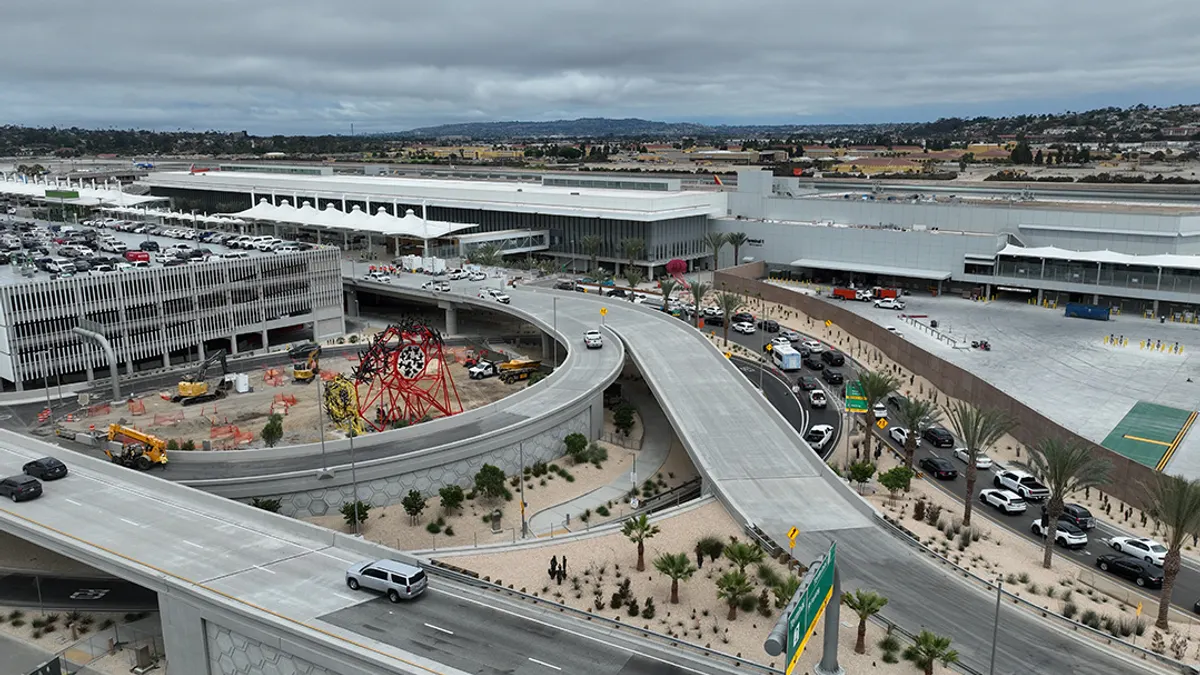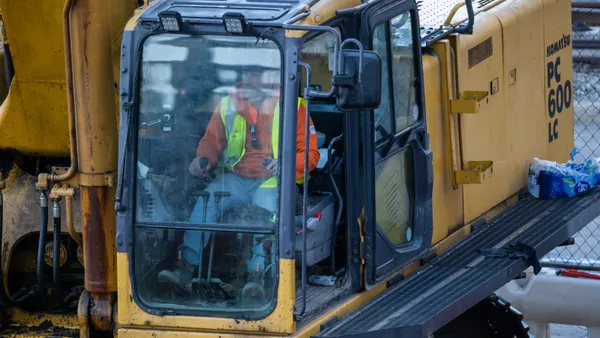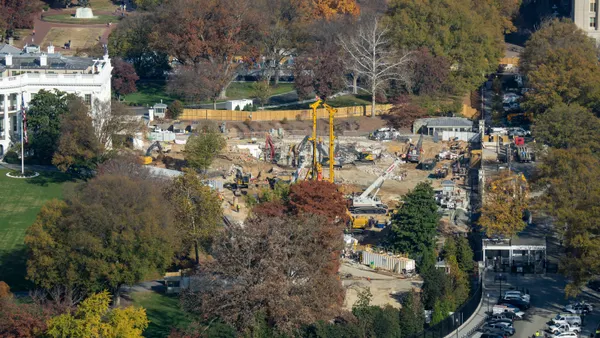Dive Brief:
-
Washington Gov. Jay Inslee has signed into law new, bi-partisan legislation that aims to improve access to and the use of buildable land in the state, Builder reported.
-
Senate Bill 5254 adds clarity to the process of determining what land can be built on, and at what density. That will help the region use existing land supply and infrastructure better to meet housing demand.
-
The law also helps local-level jurisdictions fund homeless and low-income housing developments.
Dive Insight:
Whether the new law is good news for the state of Washington depends on whom you ask. On the surface, it would appear to be a good thing. Finding more available land would address two growing problems in the state: homelessness and housing affordability. If more affordable homes are made available, demand levels lower and prices most likely would as well.
In January, a hearing regarding the bill included testimony from representatives from several arenas, including homelessness and affordable housing programs, builders, rental housing and the state Commerce Department, all expressing their support of the bill.
Washington real estate agents also threw their support behind the bill, saying that it is a way to combat the current shortage of buildable land, a lack of housing inventory and rapidly increasing home prices in the region. The group also supported specific measures of the bill, such as reviewing market metrics like inventory and affordability where price and supply are particularly at odds and streamlining the permitting process for multifamily and high-density projects.
Still, the question remains: Where will this buildable land come from? If it’s determined that there is not enough buildable land in area, cities will have to build more densely by creating taller buildings or constructing them closer together. That tack is backed by builders and real estate agents but can be a turn-off to would-be residents who want more space. The other option is to develop existing farmland or forest areas outside of cities, which contributes to sprawl, KUOW explains.











